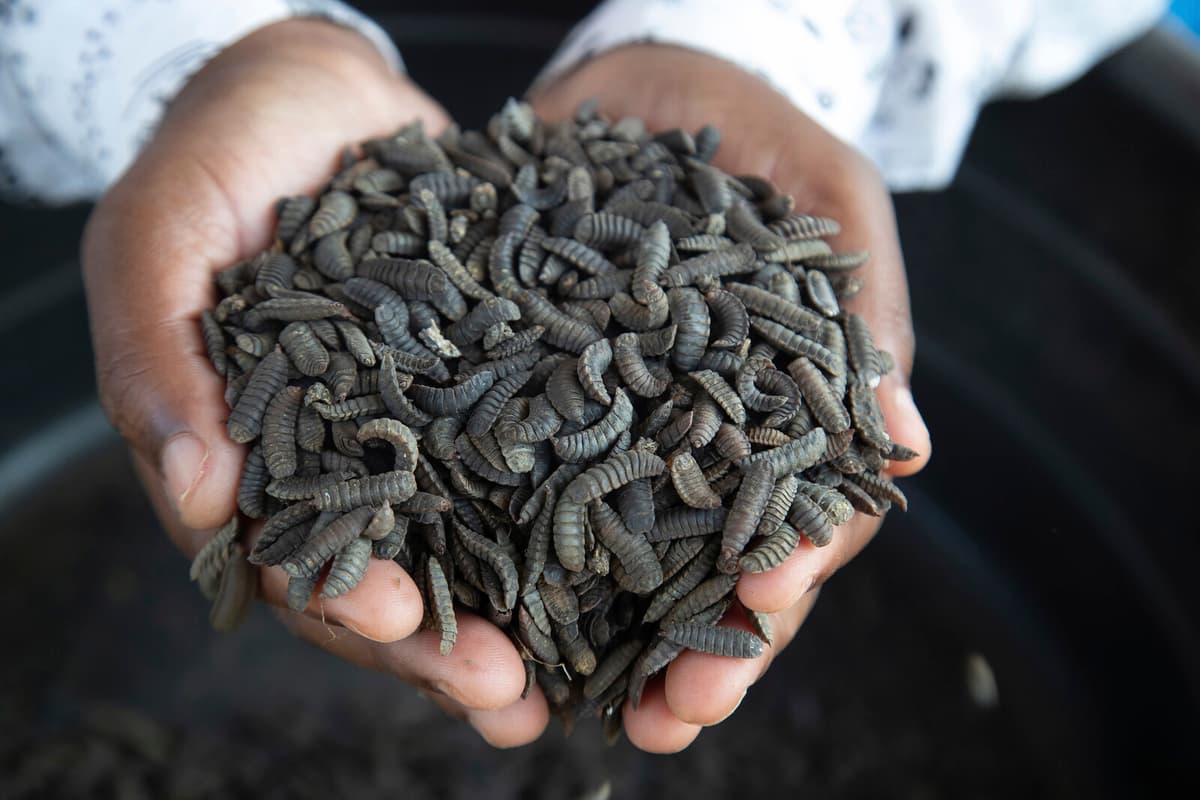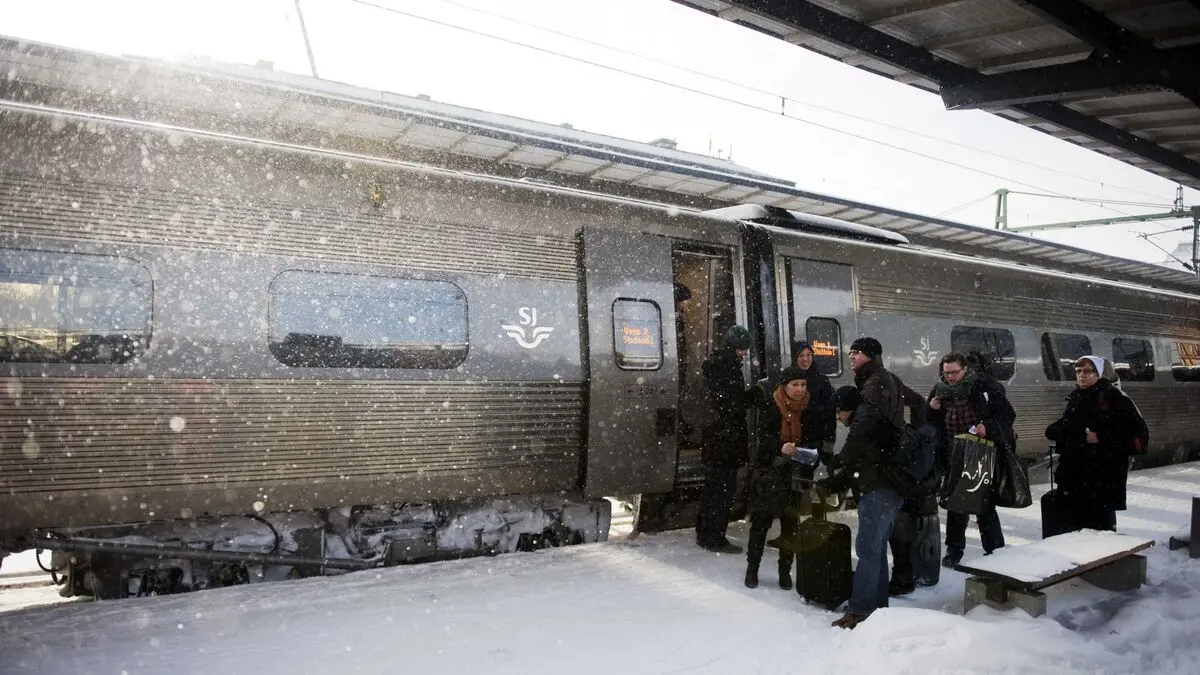Neanderthals, who died out about 40,000 years ago, ate large amounts of protein-rich food. We know this because analyses of bone remains have had very high amounts of nitrogen. The research world has long believed that it is because they ate a lot of meat, at the same level as lions and wolves that are at the top of the food chain.
But a study published in the journal Science Advances points to a completely different explanation. Researchers from, among others, the University of Michigan analyzed the amount of nitrogen in fly larvae collected from human bodies that had been decomposing for two years at a forensic anthropology laboratory. They could then see that the larvae had significantly higher values of the isotope nitrogen 15 - which is an indirect measure of the amount of nitrogen - than the tissue they lived in. This could show that larvae in rotten meat that Neanderthals ate were also very rich in nitrogen.
Fly larvae, which are also a good source of both proteins and fat, were likely found in, among other things, rotten meat that Neanderthals ate.
It is likely that larvae were a main source of food, says one of the study authors, John Seth, to The Guardian.
Even though the researchers argue for the theory of fly larvae as a crucial source of nitrogen, they are not entirely sure. They highlight a few weaknesses in the study, including that the larvae analyzed come from the present day and not from when Neanderthals lived.
The climate and temperatures that prevailed at that time may also have affected the decomposition process in meat from the animals that Neanderthals ate.





